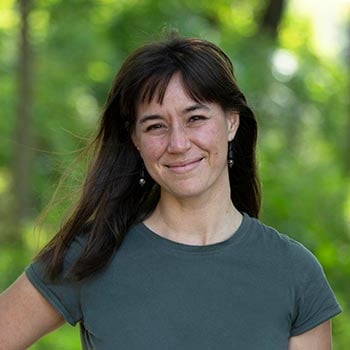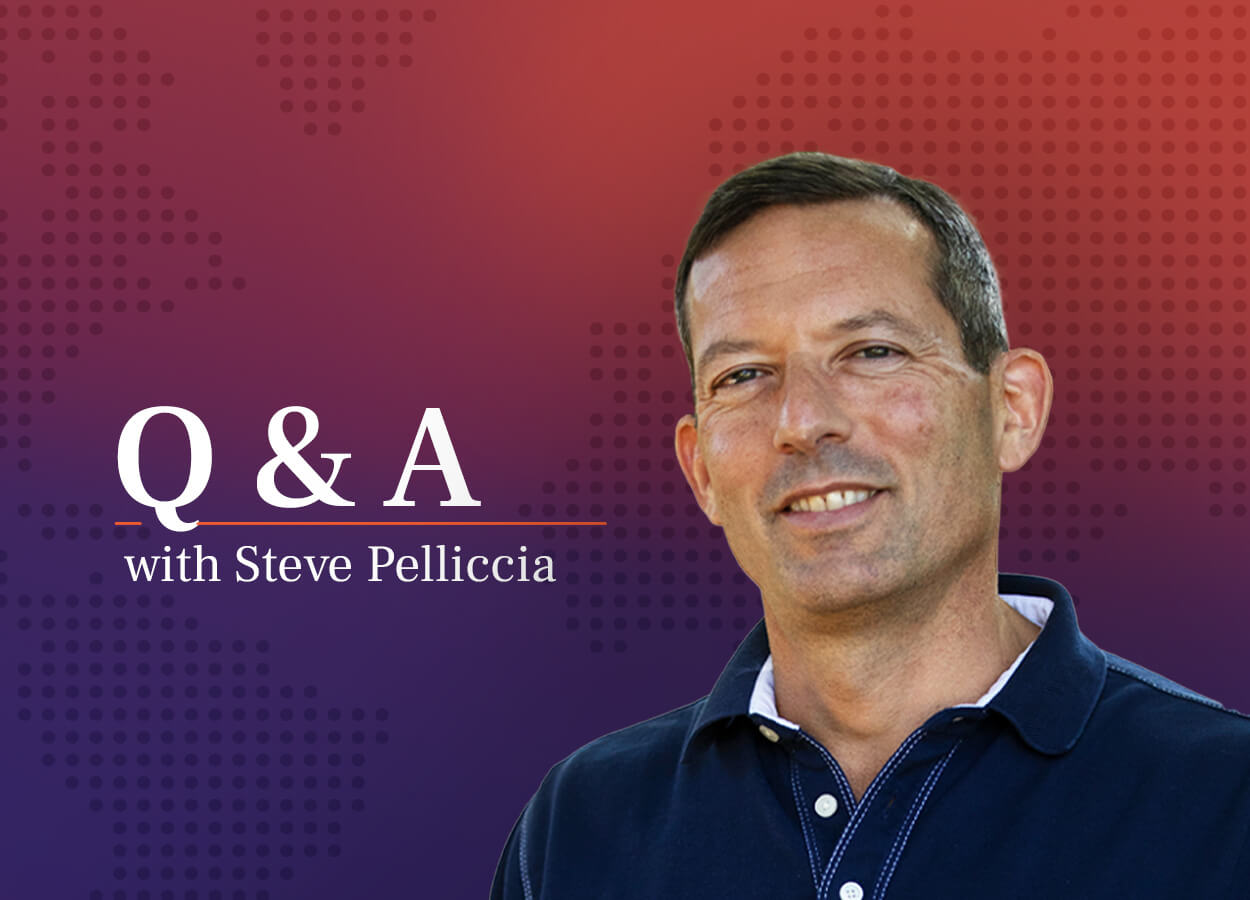Twenty years ago, Steve Pelliccia was a USAID Chief of Party working with the government of Nicaragua to create the regulatory framework for the country’s national park system. The government wanted to strengthen and invest in its national park system but didn’t have the resources to ensure park protections over time.
So, the team got creative, working with the government, local organizations, and companies to establish a system that enabled the private sector and local organizations to manage the parks and share the costs and revenue with the national parks system. The result was an effective, sustainable park co-management model that exists to this day.
This early experience helped shape Pelliccia’s perspective on international development. Today, the tenets of collaboration, innovation, and private sector engagement continue to guide his approach as Resonance’s Vice President of Government Services. Below, we share some of his insights on working across the aisle to bring together governments, donors, foundations, the private sector, and local organizations for greater, more sustainable development impact.
Q&A with Steve Pelliccia, Resonance Vice President of Government Services
You have a long history in the field of international development. What would you most like to change about how development gets done?
Twenty-five years ago, U.S. government and donor projects were implemented by very specialized technical organizations. Now, you see foundations and private sector companies in the mix, too. These different organizations are increasingly recognizing the need to work with each other and with a greater set of local partners to achieve their goals.
This last part is particularly important: I think there’s a real opportunity, and we’re beginning to see it, to work more effectively with local organizations—local companies and local civil society—to understand market and governance systems in the countries where we work. That’s how we’re going to be successful in this business.
What are the challenges and obstacles that prevent these changes?
It’s easy to say all this—that you have to understand the local context and the local systems in which you operate, and it’s great to have more local organizations and more diverse partners to work with—but it’s not always easy to do. It takes time to really understand the context. It’s almost a change of mindset.
When you think about the U.S. and industry and the world we live in right now, everybody’s looking for the next disruptor or the next tech solution that’s going to solve everything. But a lot of times, in international development, it’s about working with what’s already there. It’s about understanding that local system, then building onto or strengthening it with the folks already operating in that country. There aren’t always quick, easy answers.
Development takes time, and it’s not necessarily money or will or recognition. It’s about doing the hard work. If it were easy, development would have been done differently a long time ago.
What trends in the global development field do you find most promising?
Today, there are so many more actors engaged and focused on sustainability or international development. When I started, there wasn’t a Bill & Melinda Gates Foundation. But now, there are so many foundations and private sector companies with sustainability initiatives. Bringing these partners together is the way to achieve impact.
What’s exciting about Resonance is that we work across the spectrum. When you’re working with a particular company on a sustainability initiative, you can help that company to make their operations more sustainable or to address a development challenge in the communities where they operate, and that’s fantastic. When you’re working with a donor, you’re working more broadly. You’re working to achieve transformational change in a specific sector or geography.
But when you can work with both—with companies and the international development community—you can really enhance your impact. Donor funding doesn’t go on forever, but at the same time, companies typically tend to focus on their own operations or markets. When they work together, you see much broader, more sustainable solutions.
At Resonance, we talk a lot about the importance of innovation in global development. From your perspective, why does innovation matter?
When you have an innovative approach or mindset, you’re opening yourself up to different ways of solving problems and, just as important, different and unexpected types of partner organizations. Somebody out there has a great idea for increasing clean drinking water in a particular community, or whatever the challenge may be.
When you look at a problem and say, we’re going to take an innovative approach—we’re going to hold an open innovation competition, or we’re going to solicit ideas from a whole host of problem solvers to come up with new solutions—it’s going to open up so many new avenues to get at different solutions. There’s no way that any one of us can come up with all of the answers.
I think that’s why innovation is so important because it expands the number of companies or partners we can work with, which increases the range and potential effectiveness of solutions, too.
What are some key learnings or best practices for helping donors, the private sector, and foundations better collaborate to achieve greater impact at scale?
It’s really important to get clear on expectations in terms of what’s possible and what’s not. Get clear on timelines, and make sure each side understands how the other side operates and its constraints. Then, get very clear on the results you’re trying to achieve. It sounds simple, but it’s hard to do. It’s important to set up a process—you can call it a co-creation process—and that takes time and effort.
What makes Resonance different from other types of development firms?
Resonance was founded with a focus on private sector engagement in 2005, before many in the international development world thought of the private sector as a potential partner in sustainability or social initiatives.
Our founder, Steve Schmida, worked with USAID on the concept of Global Development Alliances and other nascent private sector initiatives. We’ve helped shape private sector engagement from its inception at USAID, and we understand the history. For us, this isn’t a trend or fad. This is something that is really baked into our DNA.
Resonance excels at bringing together the private sector and donors, foundations, and innovators to achieve greater scale and sustainability. In some ways, partnering is much more difficult to do than going it alone. But, if you’re able to partner effectively, you’re going to have a more scalable and sustainable solution. Sometimes you can’t move as quickly, and sometimes it takes a lot of facilitating to bring partners together, but the end result is ultimately more effective.



